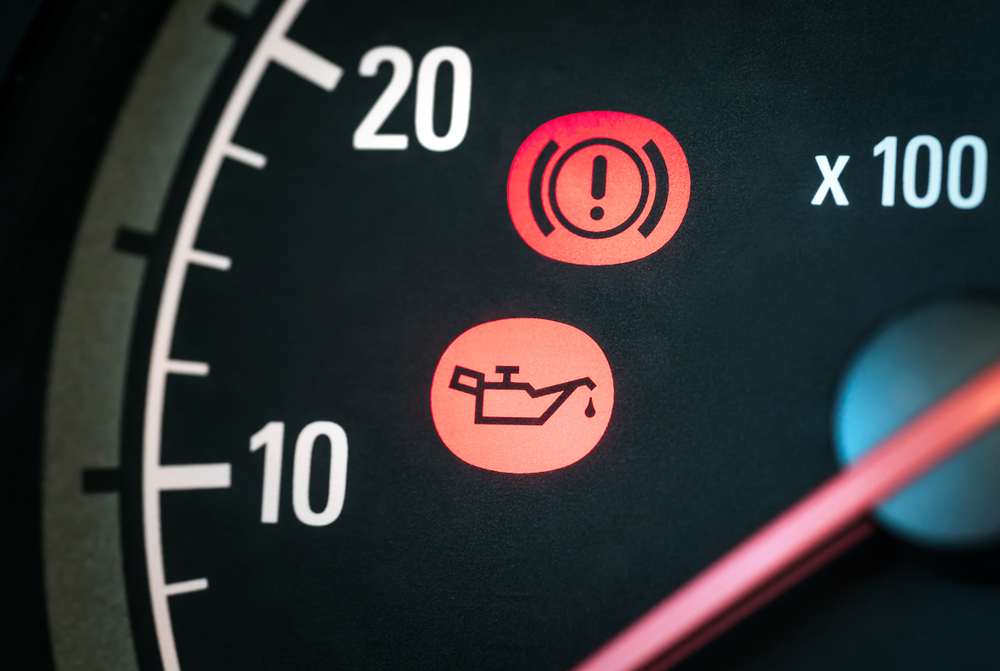Changing your car’s oil is a routine maintenance task that can help keep your vehicle running smoothly. However, even experienced drivers can make mistakes that lead to bigger problems down the road. In this article, we’ll highlight 15 common oil change mistakes every driver should avoid to ensure your car stays in top condition and avoid costly repairs.
Contents
Using the Wrong Oil Type

Using the wrong oil type can severely damage your engine. Each engine requires a specific oil viscosity and formulation to operate efficiently. Using the incorrect type can lead to improper lubrication, increased friction, and even engine failure. Always consult your vehicle’s manual to ensure you use the recommended oil type.
Not Changing the Oil Filter

An oil filter traps contaminants and prevents them from circulating through the engine. Failing to change the oil filter can lead to clogged filters, reduced oil flow, and increased engine wear. Always replace the oil filter with each oil change to maintain engine health and performance.
Overfilling the Oil

Overfilling the oil can cause increased pressure inside the engine, leading to oil leaks, blown seals, and damage to engine components. Always check the oil level with the dipstick after adding oil to ensure you have filled it to the correct level.
Underfilling the Oil

Underfilling the oil can result in insufficient lubrication, causing increased friction, overheating, and potential engine damage. Make sure to fill the oil to the recommended level to avoid these issues and ensure optimal engine performance.
Using Low-Quality Oil

Low-quality oil lacks the necessary additives and protection for your engine, leading to quicker degradation and increased wear. Always use high-quality, reputable oil brands to ensure your engine receives the best protection and longevity.
Not Tightening the Oil Drain Plug Properly

An improperly tightened oil drain plug can lead to oil leaks and potential engine damage. Ensure the drain plug is tightened to the manufacturer’s specifications to prevent leaks and maintain proper oil pressure.
Ignoring the Manufacturer’s Recommendations

Vehicle manufacturers provide specific recommendations for oil type, change intervals, and procedures. Ignoring these recommendations can lead to reduced engine performance and potential damage. Always follow the manufacturer’s guidelines for optimal engine health.
Not Warming Up the Engine Before Draining Oil

Warming up the engine helps to thin the oil, allowing it to drain more completely and removing more contaminants. Draining cold oil can leave behind more sludge and deposits. Run the engine for a few minutes before changing the oil for a more effective oil change.
Changing Oil on an Uneven Surface

Changing oil on an uneven surface can lead to inaccurate oil level readings and improper drainage. Always perform oil changes on a flat, level surface to ensure accurate measurements and complete drainage.
Not Checking for Leaks After Changing Oil

Failing to check for leaks after an oil change can result in unnoticed oil loss and potential engine damage. Always inspect the oil filter, drain plug, and surrounding areas for leaks after completing an oil change to ensure everything is properly sealed.
Skipping Regular Oil Changes

Skipping regular oil changes can lead to oil degradation, sludge buildup, and increased engine wear. Regular oil changes are essential for maintaining engine cleanliness, lubrication, and performance. Follow the recommended oil change intervals to keep your engine running smoothly.
Not Replacing the Oil Pan Gasket

A worn or damaged oil pan gasket can lead to oil leaks and reduced engine protection. Always inspect and replace the oil pan gasket as needed during oil changes to prevent leaks and maintain proper oil pressure.
Leaving the Oil Cap Off

Forgetting to replace the oil cap after an oil change can cause oil to spill out and contaminants to enter the engine. Always double-check that the oil cap is securely in place before starting the engine to avoid potential damage.
Using the Wrong Oil Filter

Using the wrong oil filter can result in poor filtration, reduced oil flow, and potential engine damage. Always use the correct oil filter specified for your vehicle to ensure proper filtration and engine protection.
Forgetting to Reset the Oil Change Light

Failing to reset the oil change light can lead to confusion about when the next oil change is due. Always reset the oil change indicator after completing an oil change to maintain an accurate maintenance schedule.
This article originally appeared in MyCarMakesNoise.
More from MyCarMakesNoise
10 Motorcycles That Will Run for Decades Without Breaking Down

When it comes to choosing a motorcycle, reliability is often one of the top concerns for riders. Whether you’re commuting daily or embarking on long road trips, having a bike that can run for decades without breaking down is essential. Read More.
15 Top Luxury Sedans with Powerful V6 Engines

Regarding luxury sedans, a powerful V6 engine can transform a smooth, elegant ride into an exhilarating driving experience. Combining the best of both worlds – luxury and performance – these sedans offer more than just plush interiors and cutting-edge technology. Read More.
10 Military Aircraft Features Pilots Find Frustrating

Military pilots operate some of the most advanced and powerful machines in the world, but these aircraft are not without their challenges. While they are designed to perform under the most extreme conditions, certain features can make a pilot’s job more difficult and, at times, downright frustrating. Read More.














